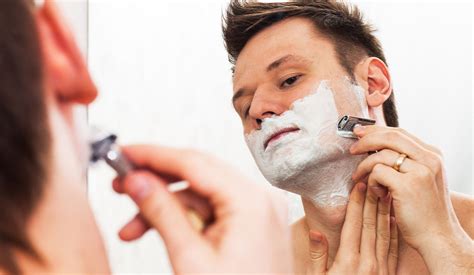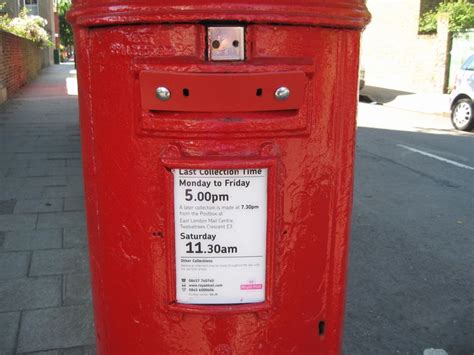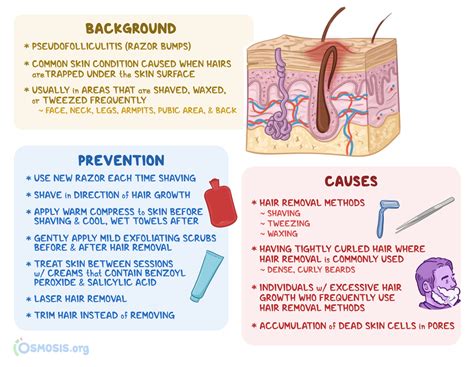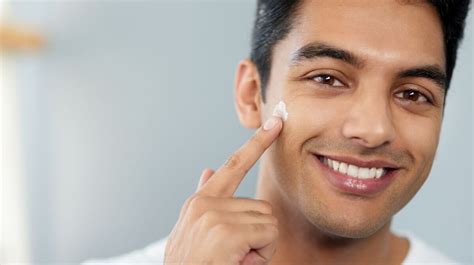What’s the best technique to prevent razor burn & ingrowns for peak performance?

Achieving a consistently smooth shave without the irritation of razor burn or the annoyance of ingrown hairs is a goal for many, whether for professional appearance, personal comfort, or athletic readiness. These common post-shave issues can not only be painful and unsightly but can also hinder performance by causing discomfort or skin damage. Mastering the art of shaving goes beyond just dragging a blade across your skin; it involves a comprehensive approach that prioritizes skin health and technique. This guide will walk you through the definitive steps to prevent these unwelcome side effects, ensuring you maintain peak skin condition.
Understanding the Enemy: Razor Burn & Ingrown Hairs
Razor burn, characterized by redness, stinging, and bumps, is an inflammatory reaction to shaving, often caused by friction, dull blades, or improper technique. Ingrown hairs, on the other hand, occur when a shaved hair curls back into the skin and grows inwards, leading to painful, inflamed bumps, sometimes resembling pimples. Both can be frustrating and are largely preventable with the right routine and tools.
Pre-Shave Ritual: The Foundation of Flawless Skin
Preparation is paramount. Start by gently exfoliating your skin a day before or just prior to shaving. This removes dead skin cells that can trap hairs and prepares the surface for a closer shave. Use a mild scrub or an exfoliating brush in circular motions.
Next, soften your hair and open your pores with warm water. A hot shower or a warm, damp towel applied to the area for a few minutes will make hairs more pliable and easier to cut. This crucial step reduces the effort needed to cut the hair, minimizing tugging and irritation.
Finally, apply a high-quality pre-shave oil or cream. These products create a protective barrier between the blade and your skin, providing extra lubrication and further softening the hair. Look for formulations with natural oils like jojoba or argan.

The Art of Shaving: Technique is Key
A sharp blade is non-negotiable. Dull blades drag and pull at hairs, leading to irritation and an increased risk of razor burn. Replace disposable blades frequently (every 5-7 shaves for multi-blade cartridges, or after 1-2 shaves for single-blade razors) or opt for a fresh safety razor blade for each shave.
Always shave with the grain—the direction your hair grows. While shaving against the grain might feel closer initially, it significantly increases the risk of razor burn and ingrown hairs by pulling hairs away from the follicle at an awkward angle before cutting them too short and too deeply. For an even closer shave, after a first pass with the grain, you can try a second pass across the grain, but never directly against it if you’re prone to irritation.
Use light, gentle strokes. Let the razor do the work; applying too much pressure can cause nicks, cuts, and severe irritation. Rinse your blade frequently under warm running water to clear away hair and shaving cream, ensuring it glides smoothly across your skin.

Post-Shave Perfection: Soothing and Protecting
Once you’ve finished shaving, rinse your skin with cool water. This helps to close your pores and soothe any potential irritation. Pat your skin dry gently with a clean towel; avoid harsh rubbing.
Follow up with an alcohol-free aftershave balm or serum. Alcohol-based products can dry out and irritate freshly shaved skin. Look for ingredients like aloe vera, witch hazel, or chamomile, which have anti-inflammatory and soothing properties. These help calm the skin and prevent redness.
Finally, moisturize. A good quality, non-comedogenic moisturizer will keep your skin hydrated and supple, reducing the chances of dry skin that can exacerbate ingrown hairs. Regular moisturizing also promotes healthy skin barrier function.

Blade Management and Tool Choice
The type of razor you use can also play a role. While multi-blade razors offer convenience, the first blade can lift the hair, allowing subsequent blades to cut it below the skin surface, increasing the likelihood of ingrown hairs as the hair grows back. A single-blade safety razor or a good quality electric shaver can sometimes be better options for those highly prone to ingrowns, as they tend to cut hair at skin level.
Regardless of your choice, hygiene is critical. Always store your razor in a clean, dry place to prevent bacterial growth and maintain blade sharpness. Consider a razor stand to allow for proper air drying.

Advanced Tips and Troubleshooting
If ingrown hairs are a persistent problem, consider chemical exfoliants containing salicylic acid or glycolic acid a few times a week, independent of shaving, to help keep pores clear and prevent hairs from getting trapped. Also, avoid tight clothing immediately after shaving, as friction can irritate follicles and encourage ingrown hairs.
For existing ingrowns, resist the urge to pick or squeeze them. Instead, apply warm compresses to help the hair emerge naturally. Topical treatments designed for ingrown hairs can also help reduce inflammation and assist the hair in breaking free.

Preventing razor burn and ingrown hairs for peak performance is an achievable goal with a mindful approach to your shaving routine. By prioritizing skin preparation, employing proper shaving techniques, and committing to post-shave care, you can enjoy consistently smooth, healthy skin free from irritation. Embrace these steps, and your skin will thank you with a superior, comfortable finish every time.






